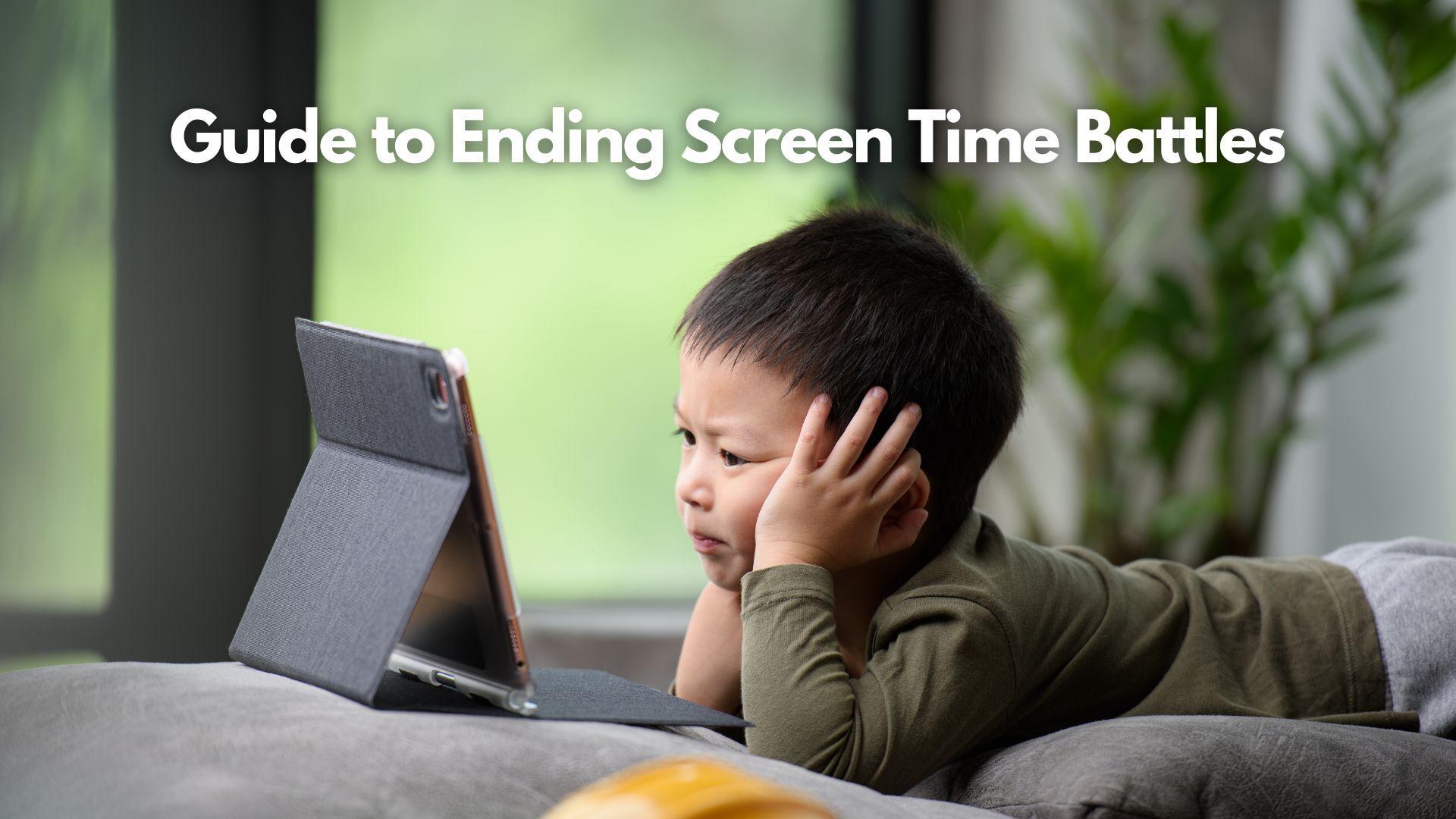Too much screen time isn’t just an annoyance—it’s a serious mental health and developmental issue for today’s children and teens. Many parents find themselves locked in daily battles over devices, unsure how to set boundaries without damaging the relationship or starting another shouting match.
In our recent Cyber Safety Cop webinar, Screen Time Standoff: Communication Strategies to Reduce Conflict and Reclaim Balance, we shared actionable tools from our new book Screen Time Standoff, written by Clayton Cranford, a former law enforcement professional, child safety expert, and the founder of Cyber Safety Cop.
Drawing from decades of experience working with families, schools, and children, we introduced a communication framework that helps parents reduce screen-related conflict, restore connection, and promote digital responsibility at home.
If you want a deep dive into this topic, we highly recommend watching the full webinar recording, now available to Premium Members. But in the meantime, here are some helpful highlights from the webinar to get you started:
Why Screen Time Battles Are on the Rise
Over the past decade, the landscape has changed dramatically. In 2010, fewer than 20% of teens had smartphones. By 2015, over 80% did. Now, we’re witnessing the unintended consequences:
-
Increased anxiety, depression, and device dependency
-
Sleep disruption and falling grades
-
Difficulty coping with emotions
-
Frustration and power struggles at home
As Clayton Cranford often reminds parents:
“Our kids aren’t buying their own devices—we’re handing them over. And it’s time we take the wheel back.”
3 Proven Strategies to Deescalate Screen Time Conflict
Our approach is based on real-world strategies used by professional negotiators and child behavior specialists. These aren’t soft parenting tactics—they’re structured communication tools that work.
1. Reflective Listening
Acknowledge your child’s emotions before jumping into problem-solving. This validates their experience and helps them open up.
✅ “That must’ve hurt—especially because those kids were your friends. I’m really sorry you’re going through that.”
2. Expressing Confusion
When your child’s actions don’t align with their goals, express confusion instead of correcting or lecturing.
✅ “You said you want to get into college, but you’re gaming late every night and missing assignments. I’m a little confused—can you help me understand how that works?”
This fosters reflection and lowers defensiveness.
3. “How Will We Know?” Agreements
Establish screen rules with specific, trackable benchmarks.
🕙 Bedtime is 10 PM.
⏰ “How will we know this plan is working?”
🚪 “If I get up on time without being reminded.”
❗ “If not, we’ll move bedtime earlier to 9:30.”
This builds accountability without power struggles.
The Boundary Plan: From Chaos to Structure
We introduced the Boundary Plan Worksheet, a downloadable tool families can use to:
-
Define the problem (e.g., late nights, homework battles)
-
Identify root causes (e.g., games before assignments)
-
Collaborate on solutions and limits
-
Track check-ins, rewards, and consequences
This turns emotional conflict into a calm, constructive routine—built together.
Digital Tools That Support Healthy Habits
We recommend OurPact, a top-rated parental control app that integrates seamlessly with iPhones:
-
Block or allow apps during key times (homework, meals, bedtime)
-
Set daily screen schedules
-
Monitor app usage and screen time
-
Create custom rules per child
Cyber Safety Cop members receive 10% off + a 14-day free trial. It’s one of the most effective tools for parents of kids with Apple devices.
Unlock Even More Support with Membership
Our Cyber Safety Cop Premium Membership gives families access to the full suite of resources created by Clayton Cranford, including:
✔ All past and future webinar replays
✔ A digital copy of Parenting in the Digital World
✔ Entry to the Screen Time Standoff Online Course (22 short videos)
✔ An annual one-on-one Zoom consult with Clayton
Whether you’re just starting or already deep in the struggle, this membership gives you the expert support you need.
Let’s Raise Resilient, Responsible Digital Citizens
Screen time doesn’t have to be a daily battle. With the right approach, tools, and mindset, families can replace conflict with collaboration—and raise confident, balanced, digitally wise kids.
✔ Watch the Webinar Replay – Learn step-by-step strategies that really work
✔ Download the Boundary Plan Worksheet – Create structure and accountability with your child
✔ Take the Online Course – Coming soon, free for Premium Members
✔ Read Screen Time Standoff by Clayton Cranford – Available in print, eBook, and audiobook
Together, we can help families reclaim balance, reduce digital conflict, and build stronger relationships—online and offline.






